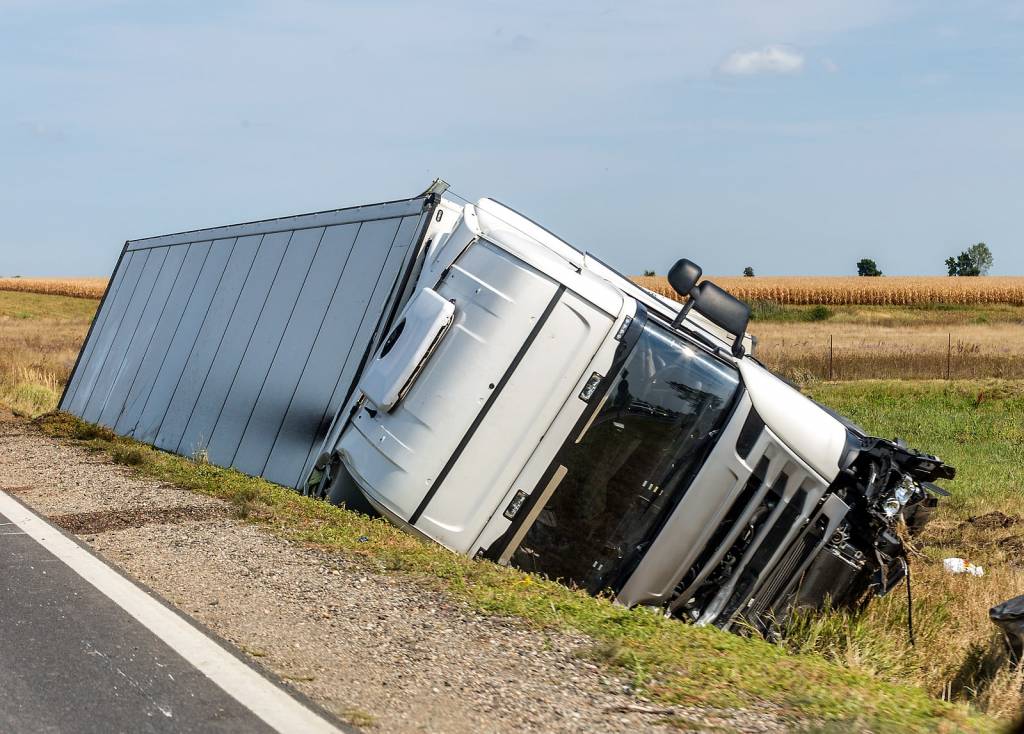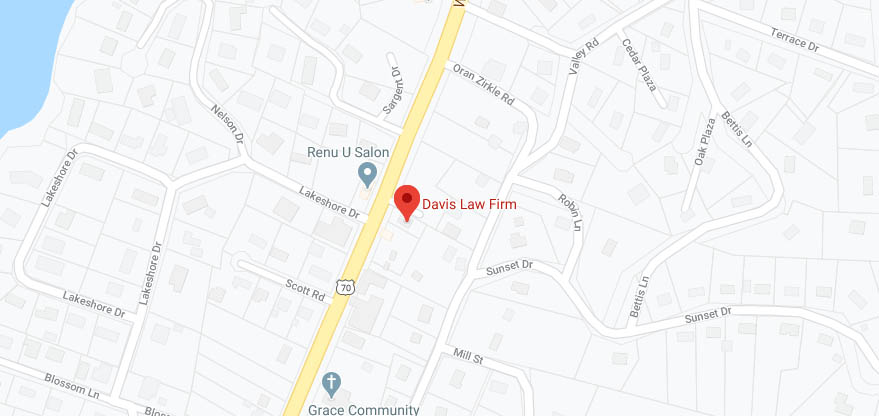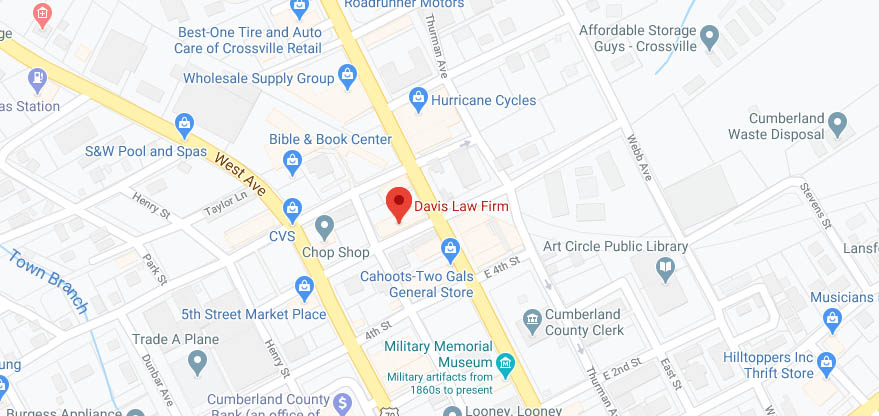The violent impact of a car accident on the body can lead to a variety of bone fractures. A person’s life can dramatically change depending on the type of bone fracture they experience. Brain and spine fractures, in particular, can often lead to lifelong impairments in movement, sensation, and cognition. Different types of bone breaks require different treatments. If you suffered some kind of bone fracture or personal injury after a car accident caused by someone else, be sure to contact a Tennessee auto accident lawyer.
Types of Bone Breaks and Treatments
All bones have a certain breaking point limit and depending on the strength of the impact, a bone can break clean or crack into several pieces. Bones tend to crack when the breaking point is exceeded. This and other factors are what lead to the various kinds of bone breaks that exist.
There are stable compound, transverse, oblique, and comminuted fractures. Stable compound fractures describe a standard clean break in which the bones are mostly lined up. Open compound fractures break through the skin because the bones are broken at an angle. Transverse fractures occur horizontally, whereas oblique fractures are angled. Comminuted fractures are the most serious because the bones crack and break into multiple fragments.
Treatments vary based on the type of bone break you have. Casts and braces can be used for stable compound, transverse, and oblique fractures. However, this treatment may not work on other fractures without additional medical interventions and surgeries.
The shattered bones of a comminuted fracture will need to be removed and reassembled with metal rods and screws. This is called external fixation. In other cases, traction is used to pull bones together over a period of several months. This is often a painful process.
Spine and Skull Fractures
Spine and skull fractures are some of the most serious cases of bone fractures because of the impairments they come with. Spine fractures can cause spinal cord injuries, which can lead to problems in movement and sensation. Car accidents are considered the leading cause of spinal cord injuries for young adults.
There are two types of spinal cord injuries. Incomplete spinal cord injuries leave some ability to move and feel sensation below the injury site. Complete spinal cord injuries cause a complete loss of movement and sensation below the damaged area. Physical therapy may be able to improve some conditions, but some people are left with lifelong disabilities.
Skull fractures can cause traumatic brain injuries (TBIs). TBIs have been known to lead to problems in movement, sensation, cognition, personality, mood, memory, and concentration. The symptoms experienced after TBI depend on the severity of TBI.





